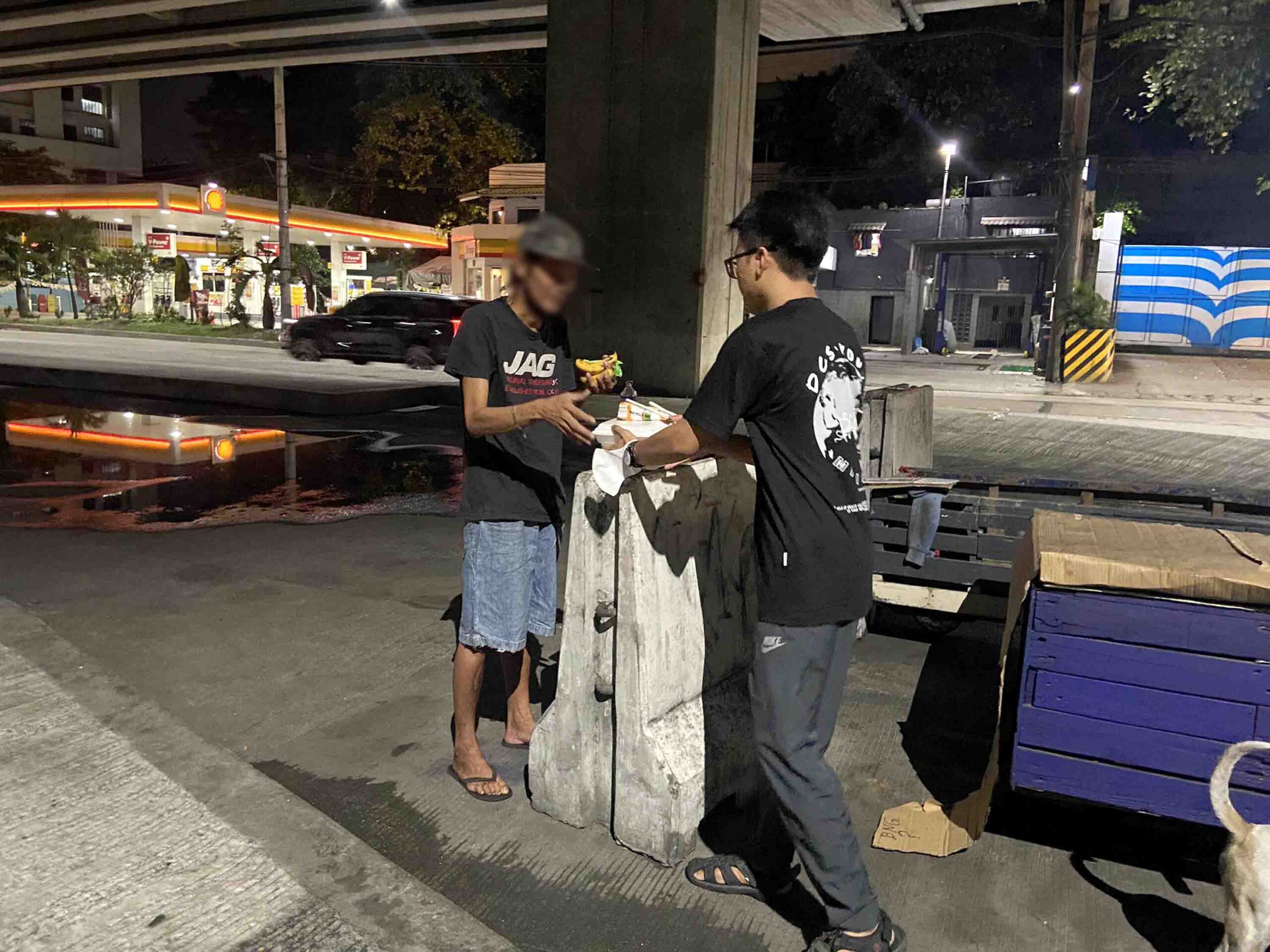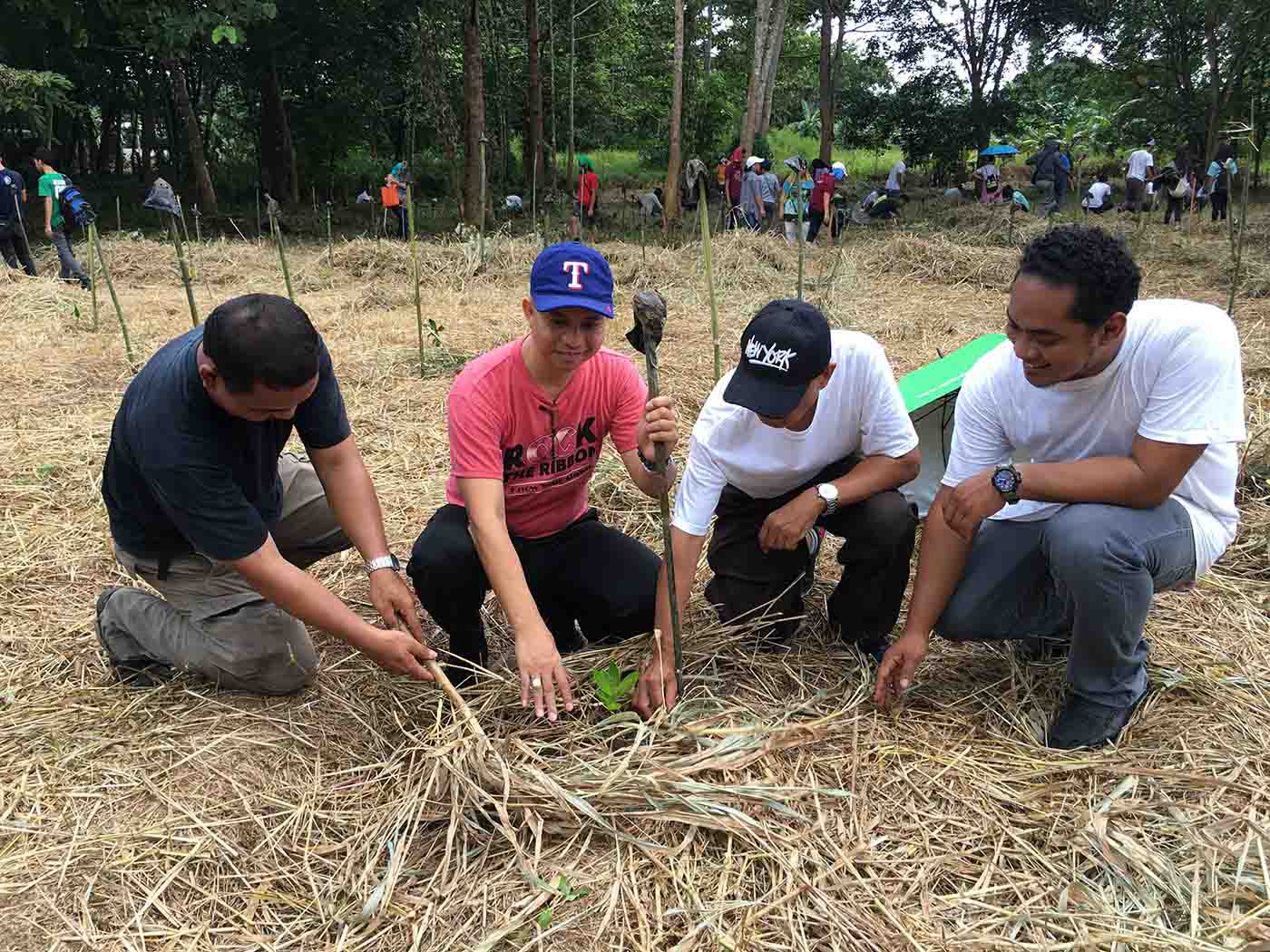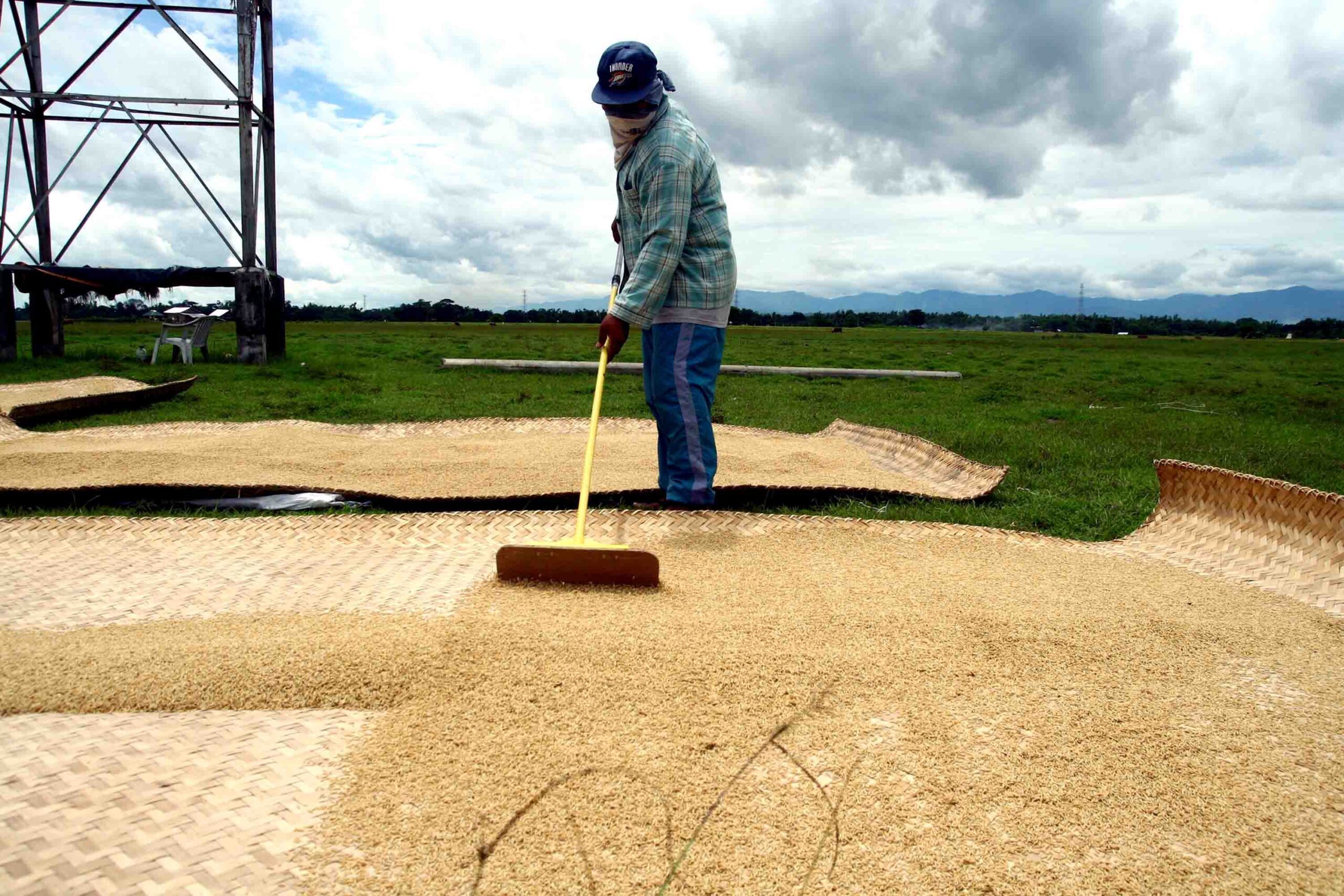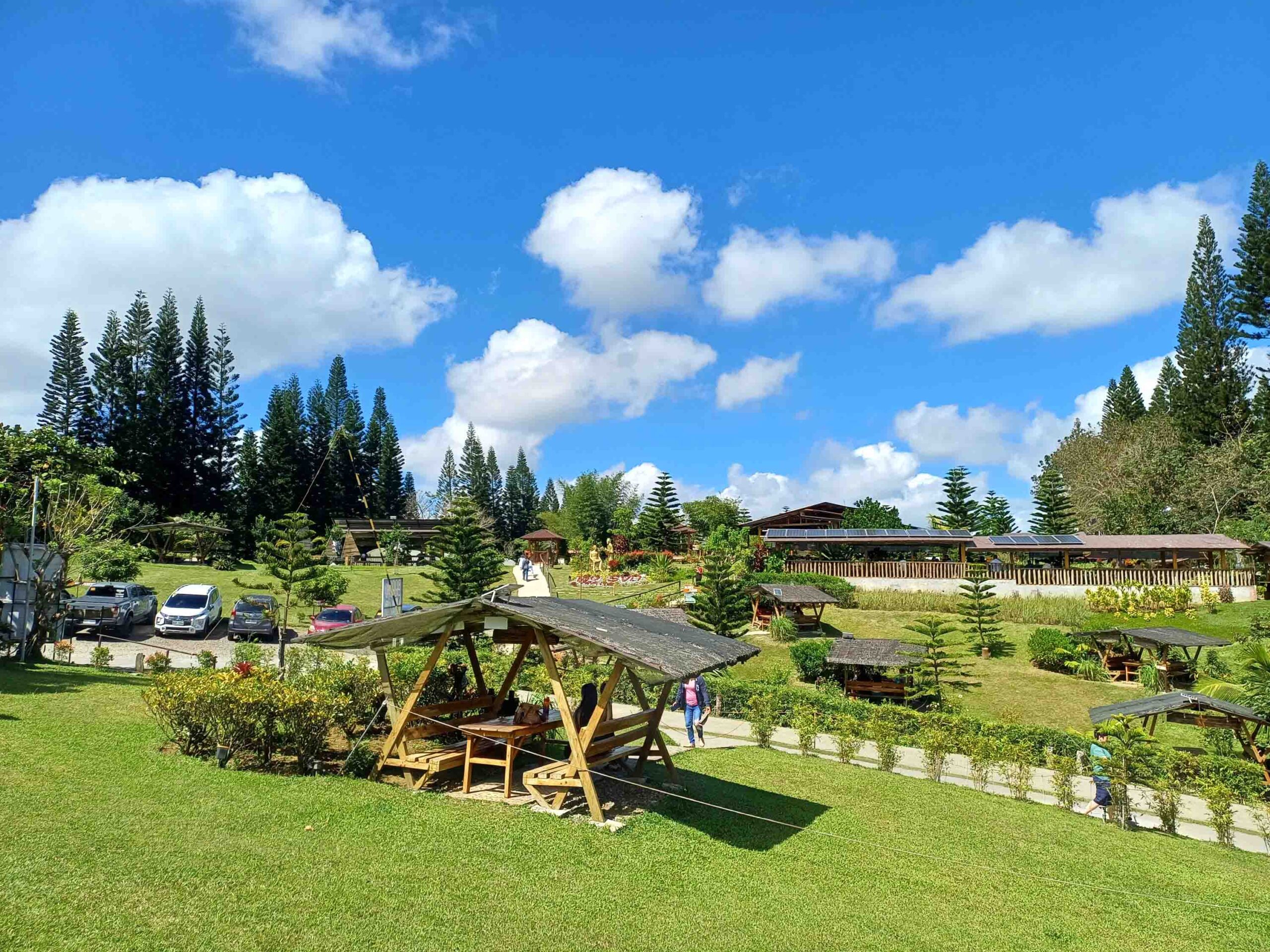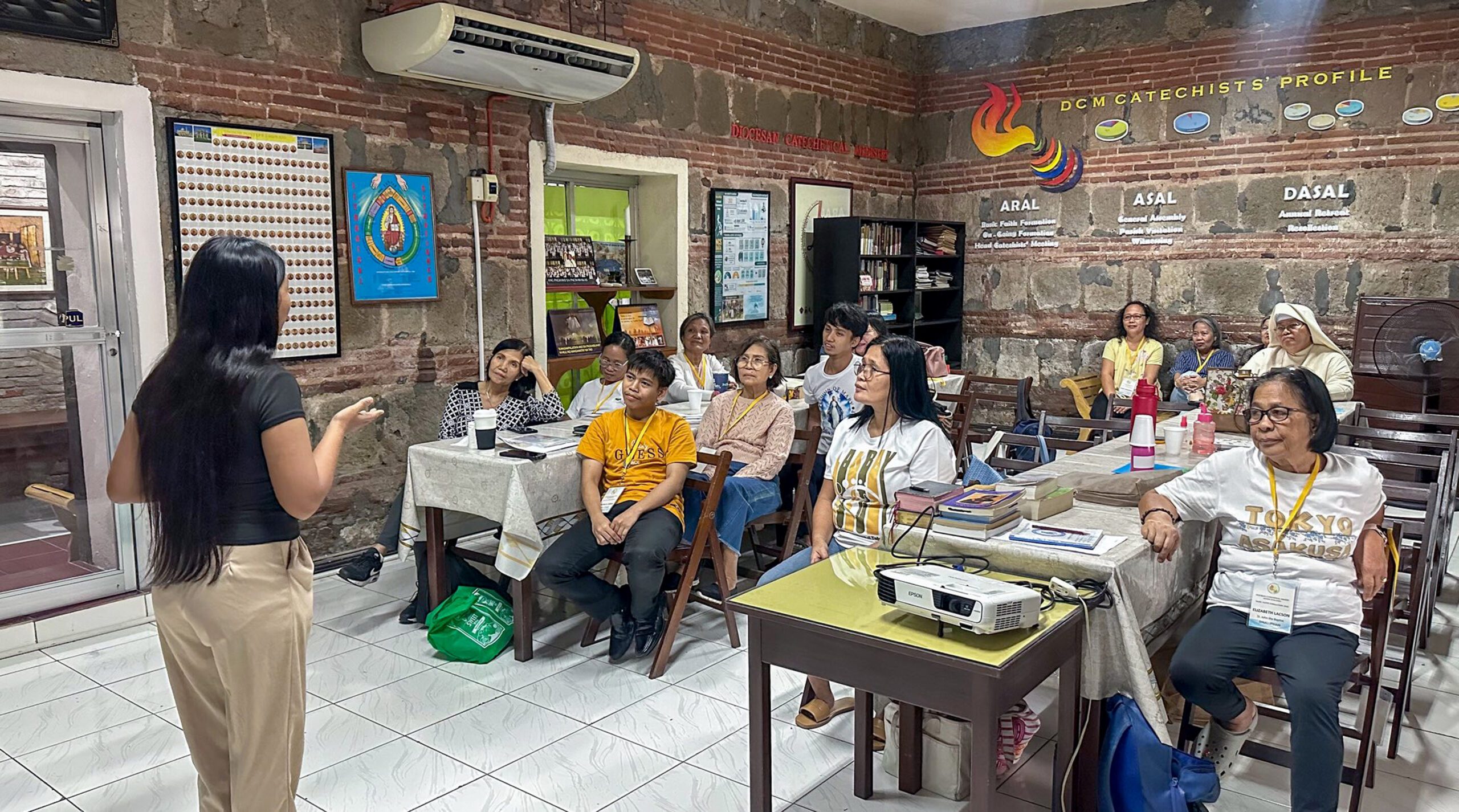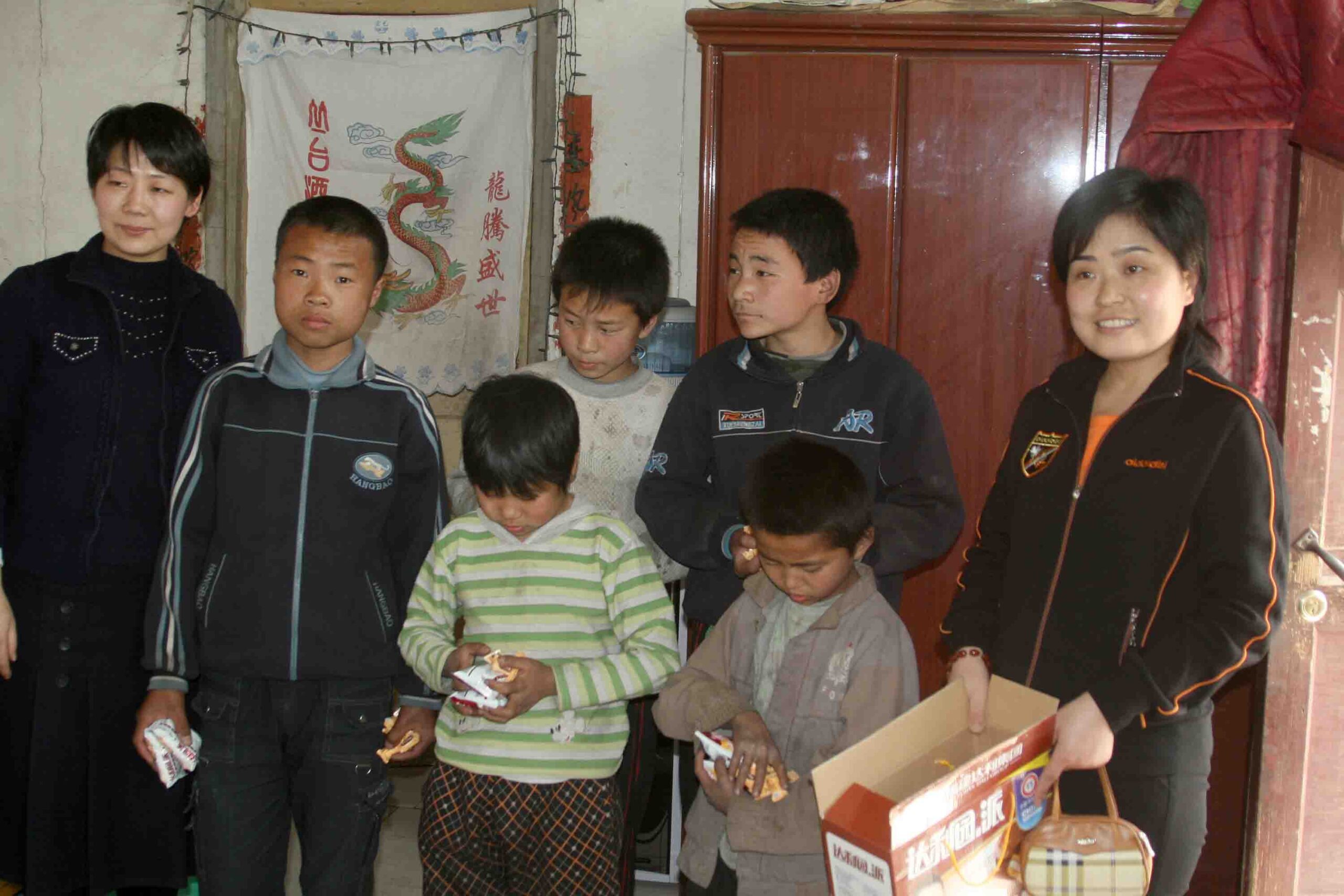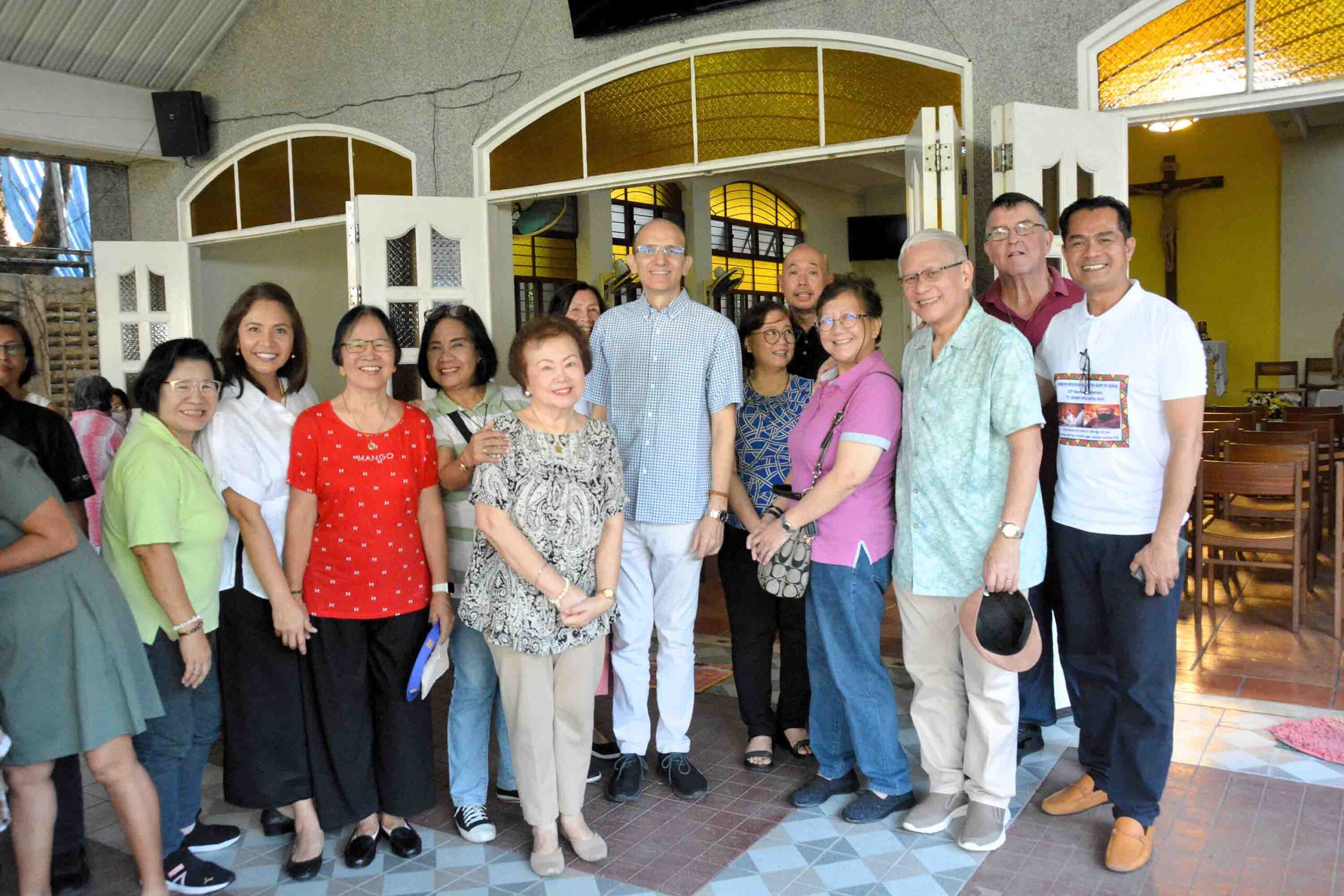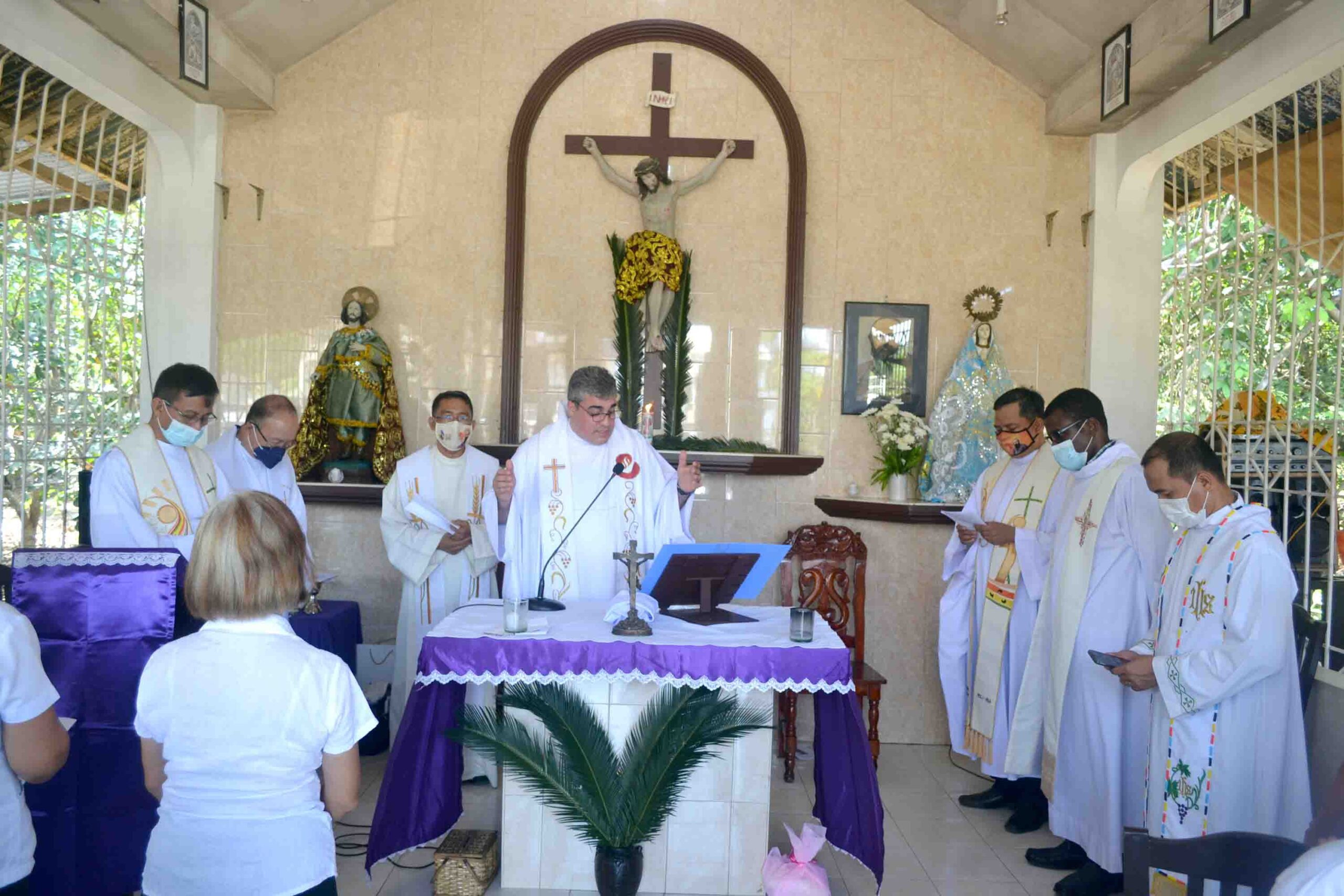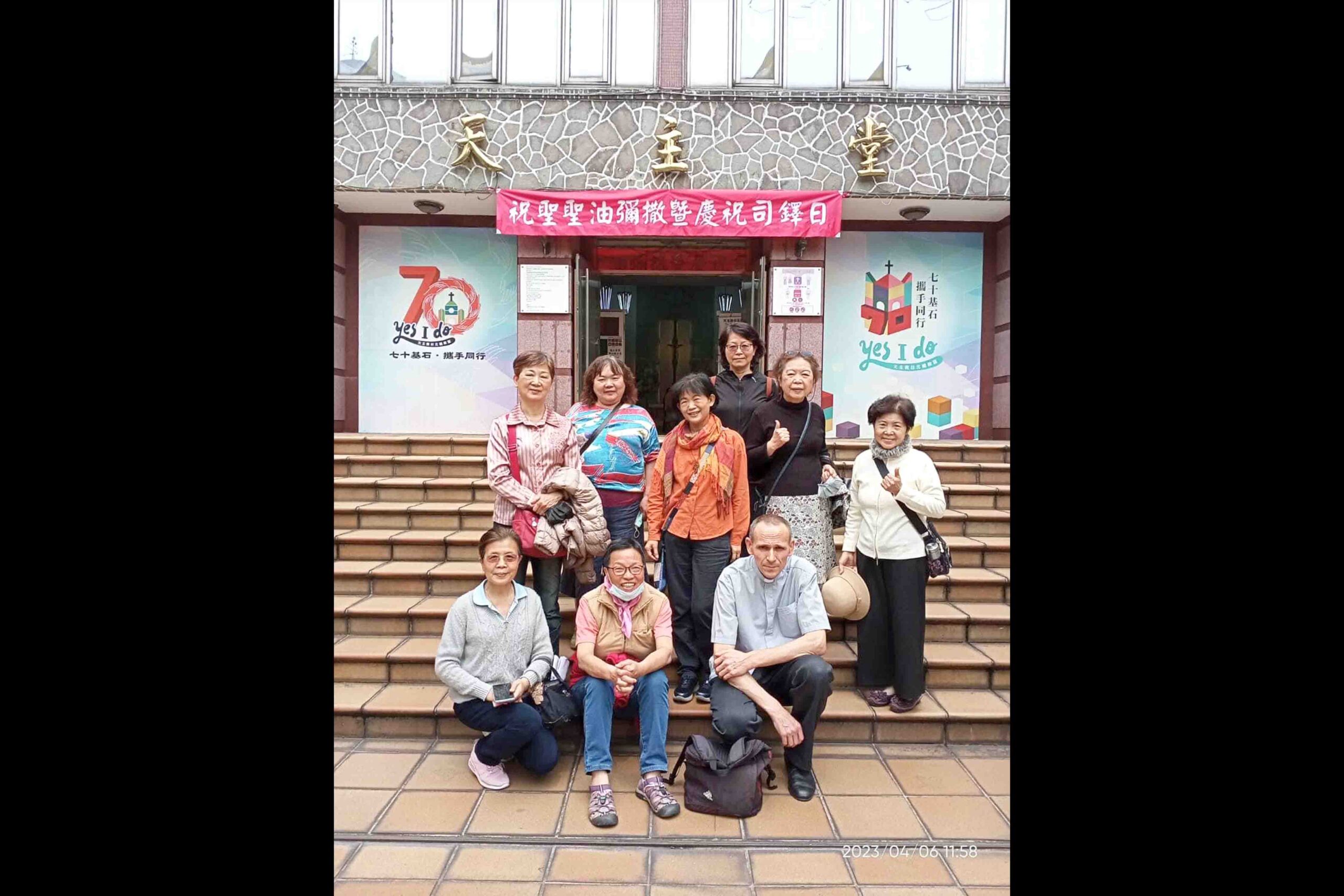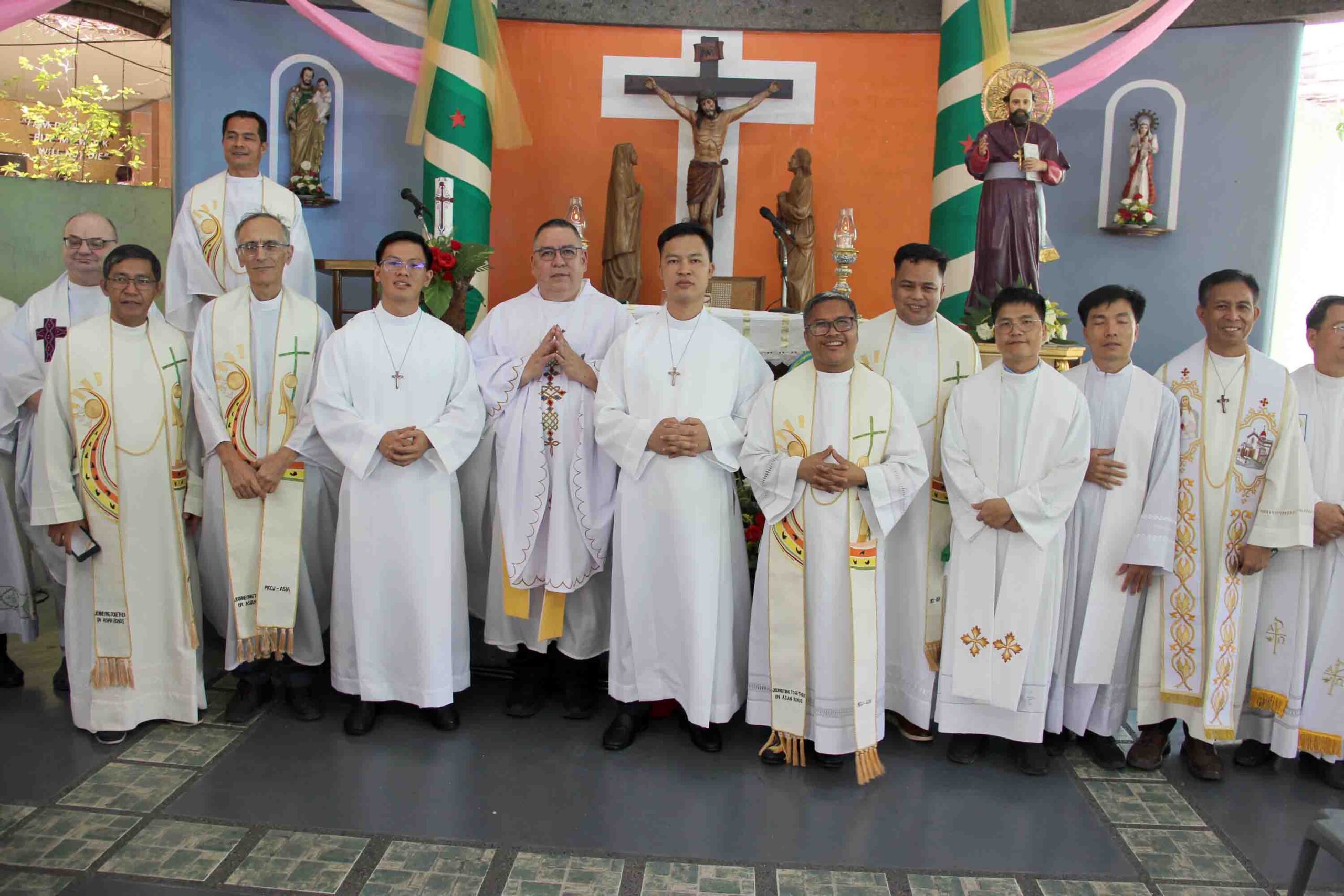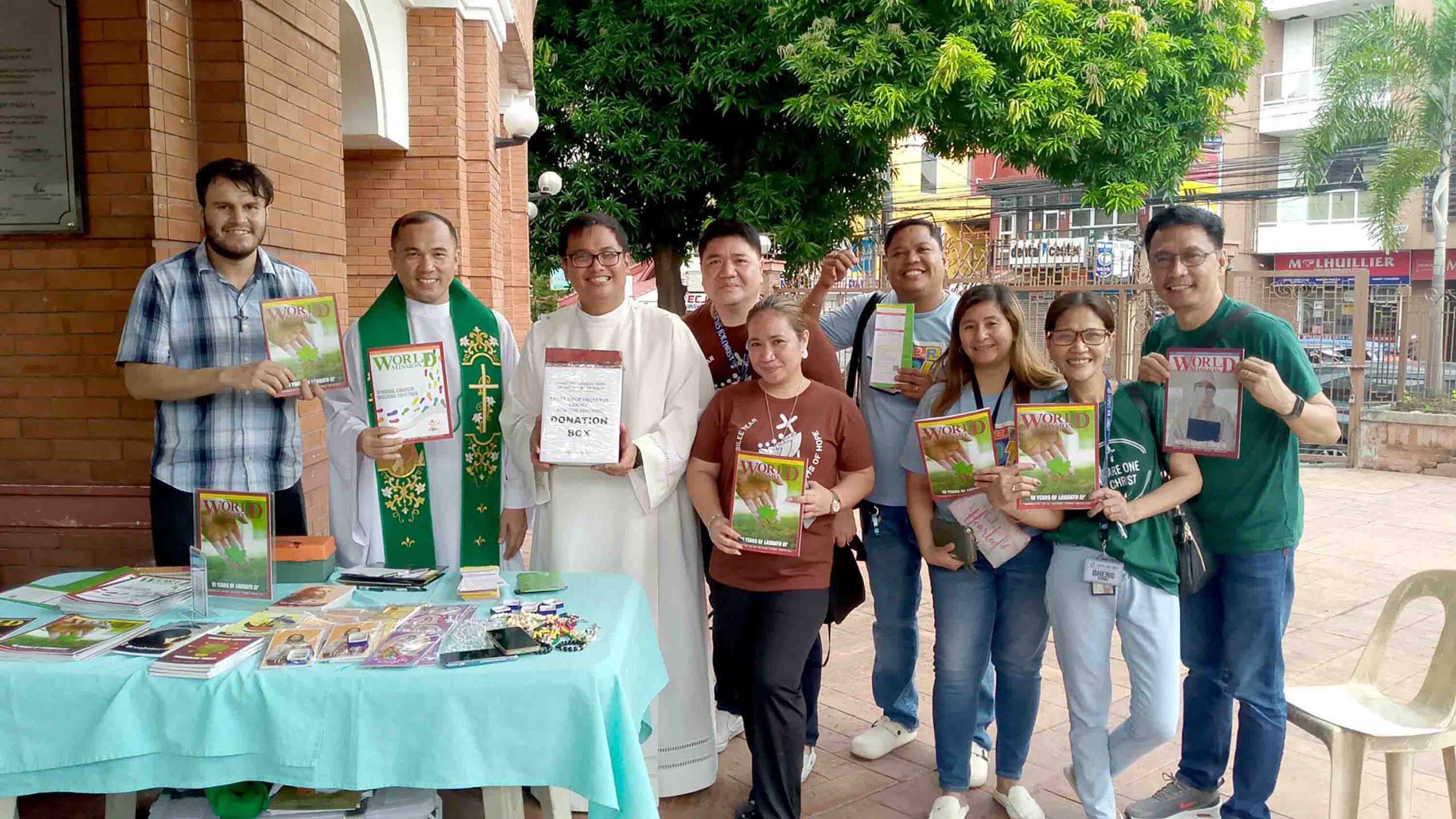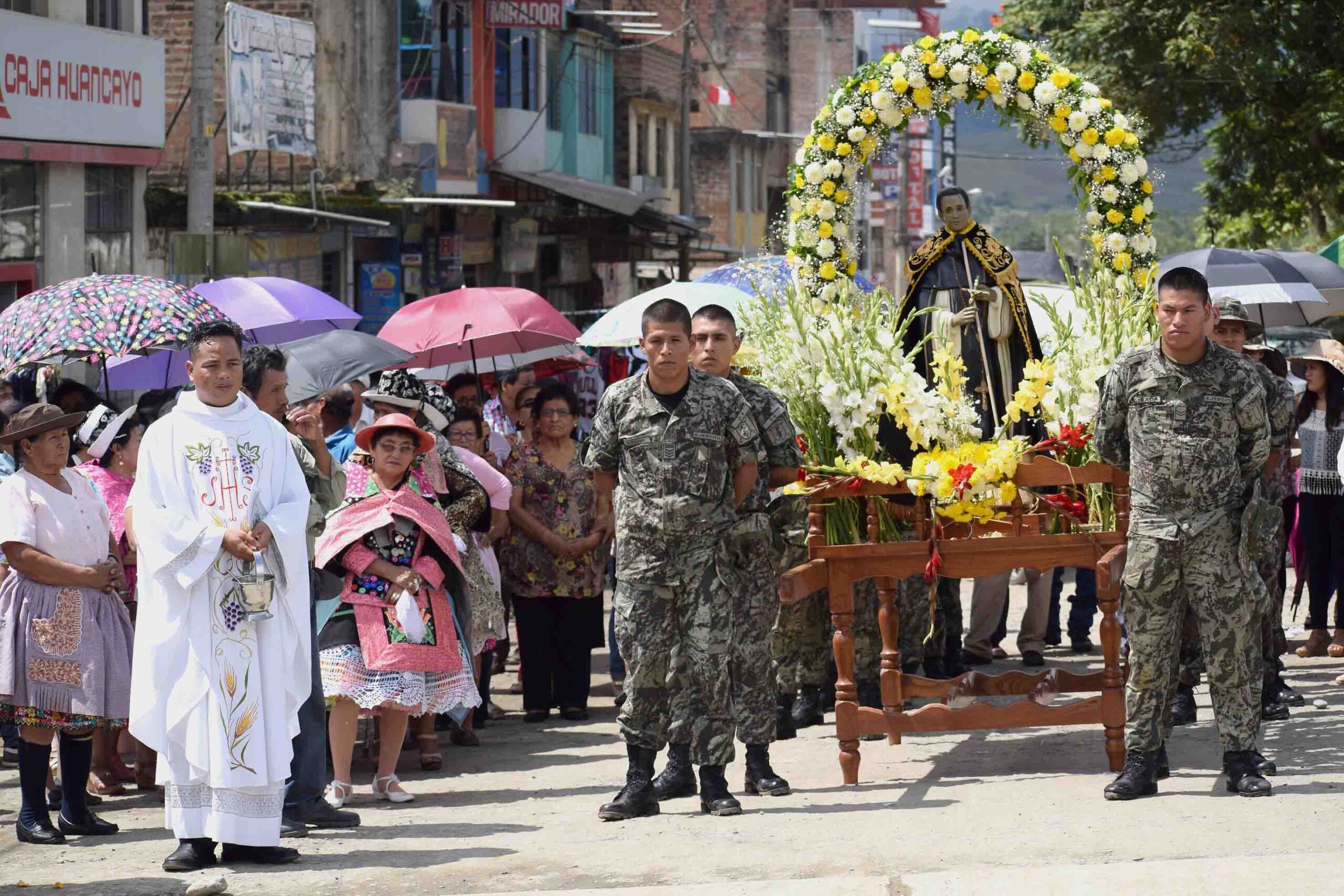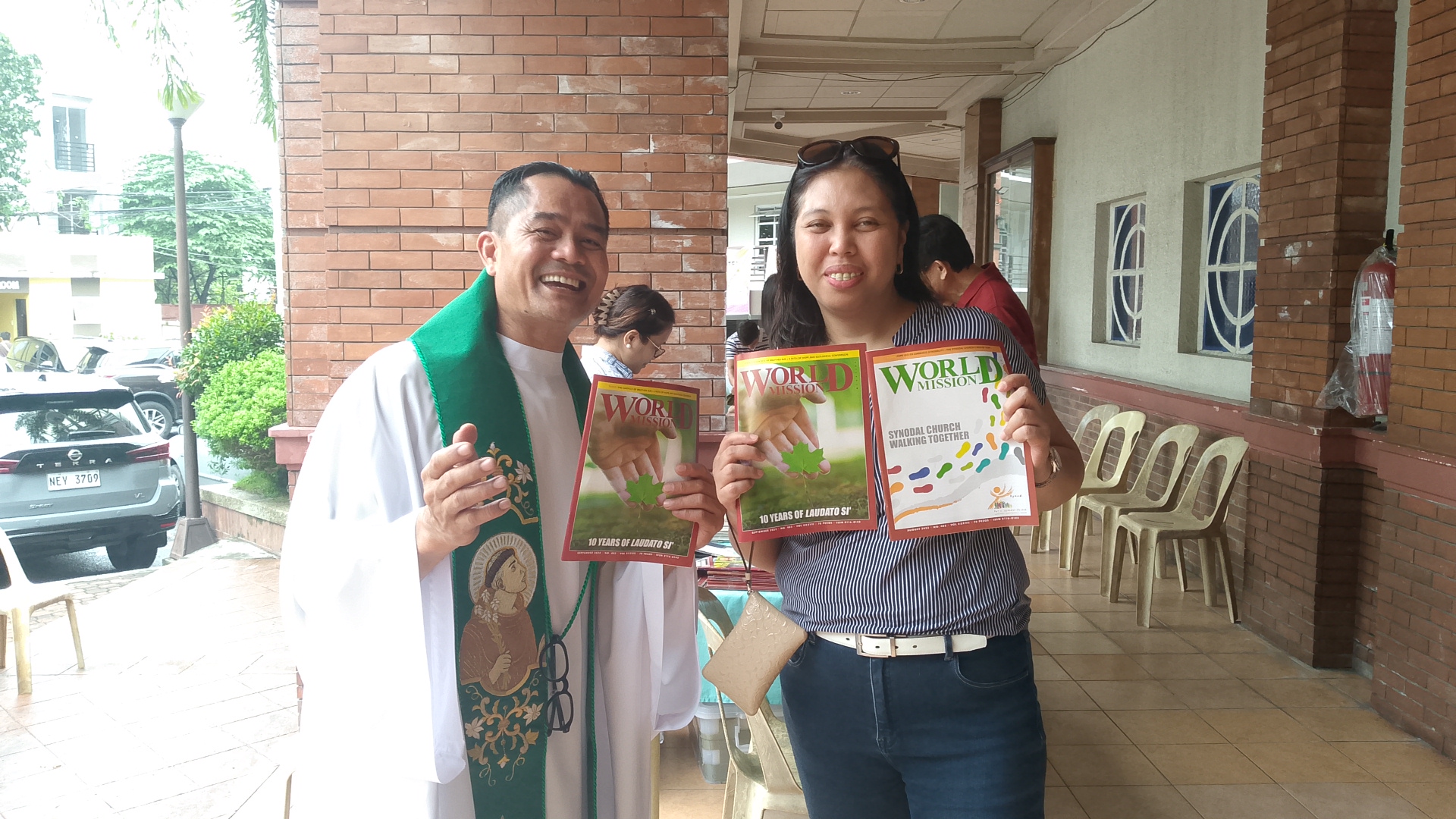It is more than just a bridge. It all started one evening when, after distributing a few warm packed meals to some people living on the streets, three of us decided to continue walking along the main road, explore new places, and meet familiar faces.
At a certain moment, I noticed a young boy in the distance, sitting on a sort of pillar at the side of the street. As we were approaching, he suddenly disappeared, as if he had jumped down somewhere. When we reached the spot, the two novices and I could not understand where the ‘hole’ was until a woman ‘emerged’ from below. It was Winnie, followed by her son, the young boy I had seen a few minutes before. Her face was the reflection of indigence: probably in her forties, yet she looked much older, had lost most of her teeth, her hair uncombed, and she was shabbily dressed. As she greeted us, her coarse voice revealed smoking habits.
During our conversation, we came to a stunning discovery: we were standing on a bridge that served as a roof for more than forty families. She pointed to the opposite side of the street to indicate the main entrance, which was hard to identify because of the guardrail and some small bushes all around. We left after talking with her.
BACK AT THE BRIDGE
After a few days, upon finishing the distribution of food, we were back at the bridge. That evening, we were lucky because we saw some residents sitting on the guardrail. We introduced ourselves, and asked whether we could see the place where they were staying. Granted. The novice who had gone ahead stopped as he reached an almost vertical wooden ladder that looked like it was hanging over the darkness. Those six or seven meters downwards were quite remarkable!
As soon as we reached the muddy ground where the shelters were located, several torches lightened up the place, and some people started greeting us. We could hardly see them and had to be extra careful as we made our way through the narrow passages. Yet one thing was clear to the three of us: we felt most welcome in such an inhospitable place! The stench coming from the stream, blended with polluted air, could not overpower the unique sensation of being among people tested to the extreme in their lives and yet able to interact in such a dignified manner.
Brief as the first visit was, that evening marked our lives, and a new apostolic presence for our community began to take shape. By now, it has been two and half years since we have regularly met those families. Whenever we went there, we brought food to be distributed among them, we organized some games for the children, and on two occasions, before Christmas, we celebrated the Eucharist. We usually planned our activities when there were no typhoons nor it has not rained for some days; otherwise, it would be impossible to reach the place where they lived.
DISCIPLINE AND DECENCY
Some of the residents have been living under that bridge for more than ten years; others settled there when they became jobless during the pandemic, like Winnie and her family. Some men have temporary jobs in construction companies; others do not have even that and depend on occasional requests for menial jobs. Women are quite creative and try different ways: from recycling garbage to parking-finders, from selling second-hand clothes along the road to plating and selling scented flowers.
The space is currently so occupied that no new settlers are allowed to join them. They have two leaders, a young couple in their early thirties, who are the reference people with the local authority. Despite the extremely demanding living conditions, we have noticed certain discipline, decency, and order.
We heard many anecdotes that describe who they are and how they live; we have chosen one of them.
In the beginning, we did not yet know the exact number of families to be given food. In this instance, after distributing the food packs and chatting with them, as we were about to leave, one of the women who sold scented flowers, arrived.
We felt sorry because we did not have any more food to give her. At first, she looked at us a bit sad and then with a gentle smile, said, “Today I am the one to give you something!” She pulled out of her bag three crowns of plaited flowers and gave these to us. We were deeply moved. We accepted them with great care and profusely thanked her. Those flowers found a special place in our chapel, just at the feet of the crucifix, and this is where they have been until today.
May this story remind us that when we reach out to our neighbours, who live on the peripheries, the Lord will come to us with unexpected and enriching surprises.

